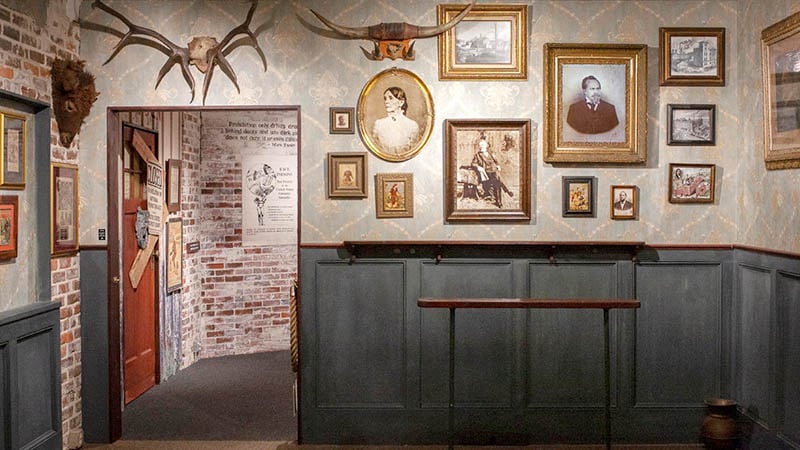In the realm of art and technology, there exists a captivating phenomenon that blurs the lines between imagination and reality: talking portraits. These enchanting creations take the timeless charm of traditional portraiture and infuse it with the wizardry of modern technology, allowing paintings to come alive with voice and animation. But how exactly does this magical fusion of art and technology work? Let’s delve into the fascinating world behind the scenes of talking portraits.
At the heart of every talking portrait lies sophisticated digital animation technology. Gone are the days of static images; today’s talking portraits utilize advanced algorithms and software to imbue paintings with movement and speech. Through a process known as facial animation, these algorithms analyze the intricacies of a subject’s facial features and expressions, enabling the painting to mimic lifelike movements.
But what about the voice that brings the portrait to life? Enter the realm of speech synthesis technology. Just as facial animation breathes movement into the painting, speech synthesis lends it a voice. Using text-to-speech algorithms, software translates written words into spoken dialogue, allowing the portrait to communicate with viewers in real-time. The result is a seamless integration of sight and sound, transforming the static canvas into a dynamic and interactive experience.
Of course, the technology behind talking portraits isn’t limited to just animation and speech synthesis. Behind the scenes, a myriad of components work in harmony to create the illusion of life within the painting. High-definition displays embedded within the frame bring vibrant colors and sharp details to the forefront, while sensors detect the presence of viewers, triggering the portrait to engage with them.
But perhaps the most intriguing aspect of talking portraits lies in their ability to adapt and evolve over time. Thanks to machine learning algorithms, these digital creations can learn from interactions with viewers, adjusting their responses and behavior accordingly. This adaptive intelligence adds an extra layer of immersion, making each encounter with the portrait feel uniquely personalized.
The applications of talking portraits extend far beyond mere entertainment. In educational settings, these dynamic artworks serve as engaging tools for learning and exploration. Imagine a history class where students interact with a talking portrait of a famous figure, asking questions and receiving insightful responses in return. Or picture a museum exhibit where visitors engage with artworks that share stories and anecdotes from the past.
Furthermore, talking portraits hold immense potential in the realm of storytelling and narrative art. By combining visual artistry with interactive technology, artists can create immersive experiences that captivate audiences and blur the boundaries between reality and fiction. From interactive installations to multimedia performances, the possibilities are endless.
But amidst all the technological marvels, it’s important to remember the magic of human creativity that lies at the heart of talking portraits. Behind every digital brushstroke and synthesized voice lies the vision and talent of artists and technologists who bring these captivating creations to life. It’s their ingenuity and imagination that breathe soul into the canvas, transforming mere pixels and code into works of art that inspire wonder and delight.
In the end, talking portraits serve as a testament to the boundless potential of art and technology to intersect and innovate. They remind us that, even in this digital age, the timeless allure of art continues to evolve and adapt, captivating audiences in new and unexpected ways. So the next time you encounter a talking portrait, take a moment to marvel at the technology behind it, but also remember to appreciate the artistry and imagination that make it truly magical.

